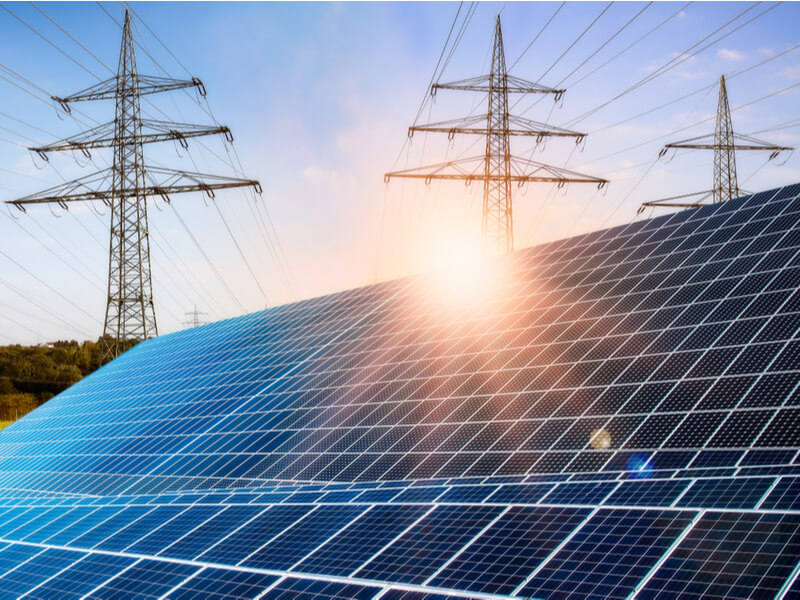Advantages and disadvantages of "self-consignment", the next means of self-consumption
The self-consignment system is attracting attention as the next means of self-consumption. Electricity from its own power plant in a remote location can be used, and the cost reduction effect is high. However, there are also obligations such as an imbalance penalty of the same amount as the planned value at the same time. I want to utilize it after understanding the advantages and disadvantages correctly.
Electricity from our own power plant in a remote location
Supply through the transmission and distribution network

(Source: Ministry of Economy, Trade and Industry, 2nd System Design Working Group)
Self-consignment is a mechanism to transmit the electricity generated by the company's power plant in a remote location to the company's equipment through the power transmission and distribution network. Electricity can be supplied without going through a retail electric power company. For normal self-consumption, the power plant must be located on its roof or adjacent land, but if the self-consignment system is used, electricity from a power plant far away can be utilized.
In addition, it is possible to transmit electricity at a low consignment fee set exclusively for self-consignment by a general power transmission and distribution business operator. The self-consignment consignment fee is a pay-as-you-go fee without a basic fee. In addition, there is no renewable energy power generation promotion levy on self-consigned electricity. If the company's power plant in a remote location cannot supply its own electricity, it can be used in combination with the supply by a retail electric power company.
Self-consignment is a system approved by the 2013 revision of the Electricity Business Act. It is now attracting attention due to the growing need for self-consumption of solar power generation.

There are requirements such as non-FIT for application
Imbalance burden also occurs
Self-consignment is available for high-voltage and extra-high-voltage power plants, provided that electricity is not for sale. Therefore, it targets non-FIT power plants. It is also necessary for the power generation company and the supply company to have the same or "close relationship" with group companies.
In addition, the “simultaneous planned value” required by power generation companies and retail electric power companies must be observed. In the "simultaneous planned value equal amount", the demand for electricity and the amount of power generation must be predicted in 30-minute units, and the actual supply and demand and the planned value must be matched so that there is no discrepancy. The difference between the actual supply and demand and the planned value is called "imbalance", and a penalty is imposed according to this amount.
In the FIT system, the penalty is exempted by the imbalance exception, but it is applied in self-consignment. However, if consultations with general power transmission and distribution business operators are in place, it is possible to take measures such as no penalty if the imbalance is within ± 10%.






